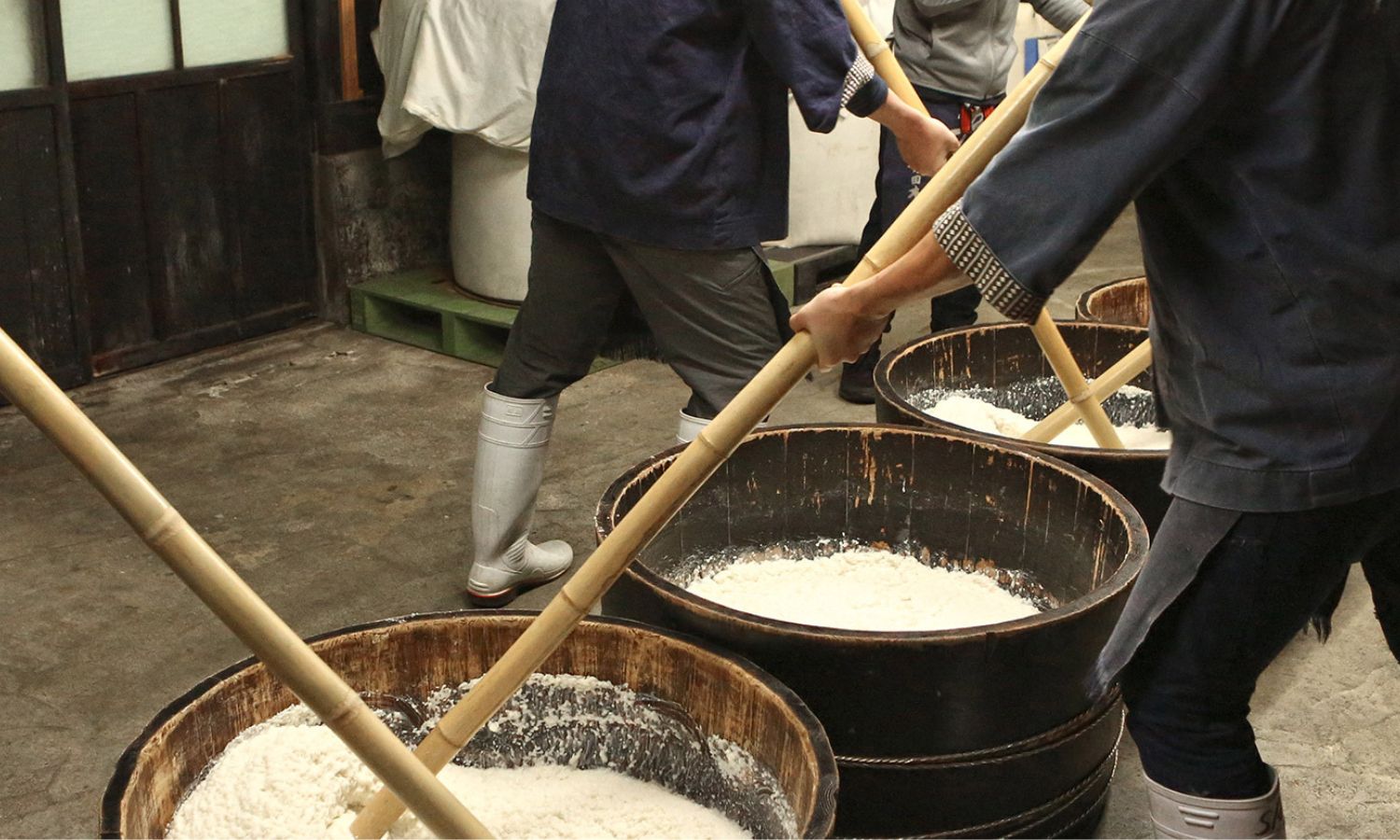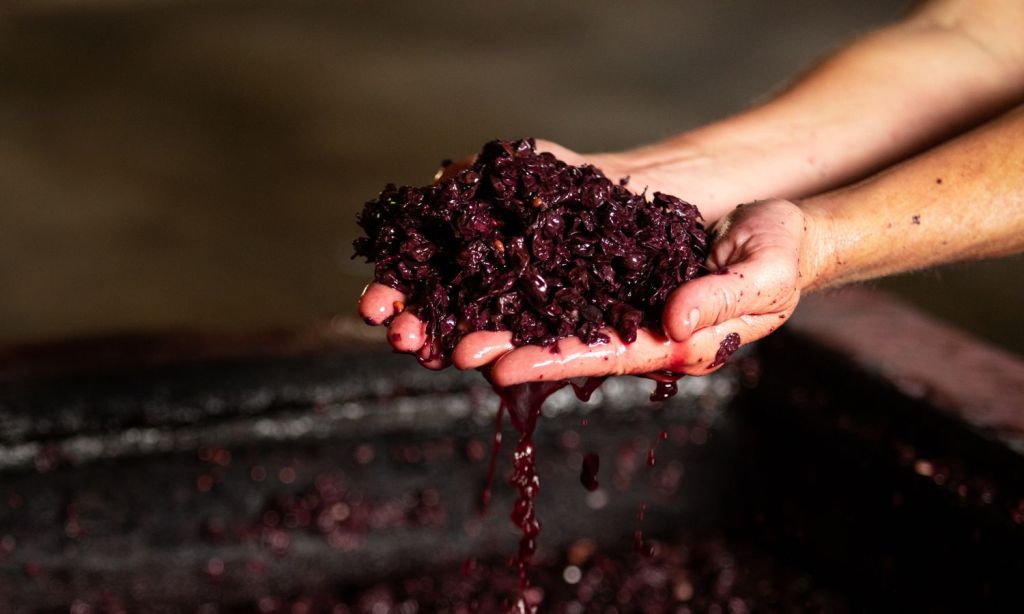Did you know ramen isn’t Japanese? It’s a Japanese adaptation of a popular Chinese wheat noodle soup that first appeared in Yokohama Chinatown, Japan, at the turn of the 20th century. The soupy broth travelled with Chinese immigrants to Imperialist Japan, eventually becoming the ramen we know today.
By physically interacting with China through the ingestion of Chinese food and drink, the Japanese masses were brought closer to the idea of empire,” food historian Katarzyna Joanna Cwiertka wrote in her book Modern Japanese Cuisine: Food, Power and National Identity.
Similarly, Bành Mì, known as ‘pork roll’ in Australia, is a product of French colonial influence, featuring a French baguette filled with paté, pickled carrots, spring onions and a choice of meats. It might surprise you just how many of your favourite foods are fusions. Think California Roll — an American iteration of sushi and Vindaloo — a blending of Portuguese and Goan cuisine.
Despite being labelled fusion foods, the term “fusion” itself is complex. It was first popularised in the 70s by chefs like Wolfgang Puck and then Tetsuya Wakuda 20 years ago in Australia, and ever since, fusion culture has been on our lips. But sometimes, fusion is more than a superficial blending of culinary styles. It’s a result of neighbouring cultures overlapping each other, transforming into a distinct cultural phenomenon, as seen in diverse examples like Nikkei cuisine, where the Japanese migration into Peru led to the blending of Japanese cooking techniques with Peruvian ingredients.
The same applies to drinks. We blend drinks, pulling flavours and ingredients from different cultures. While the word ‘fusion’ in drink culture seems to have a looser definition, it remains apt.

The Rise of Alt Sake
Sake is not a wine, beer or spirit — it is a beverage unto itself. Made over 2500 years ago, it still remains a cherished pour in Japan, and the world, over the past 15 years, has started to see why. You can find sake on drinks menus across the globe, from right here in Australia to Italy and France. There are even certain states in the U.S. brewing their own sake, like Arkansas, and mixing it with beer.
According to a Punch article, a new breed of sake taking inspiration from IPA’s, pét nats, and champagne-style blending is “filling out a new progressive fringe for the beverage.” It also mentions it might be a while before we see sake in wine (spoiler alert, it’s happened), but given the article was written in May 2023, we know for a fact it’s very much a reality now.
Sake-beer hybrids have been on the market for a few years now, not so much in Australia, but in the U.S., they’re growing rapidly. It makes sense, given sake is made like a beer, fermented grain instead of fruit. You might have also heard of a sake bomb, where a shot glass of sake is dropped into a glass of beer — similar to a jàger bomb. Given these interactions, sake-beer just makes sense.
Another sake hybrid is sake-pét nat. The same Punch article references a few Japanese sake brewers who have spent a decade experimenting with sparkling sakes, known as awazake. “Nagai Brewery owner-brewer Noriyoshi Nagai perfected his Champagne-method, floral and fine-bubbled Mizubasho Pure after 500 attempts. Today, everyone from leading brand Hakkaisan to the all-natural Terada Honke makes some type of sparkling sake.”
However, when it comes to infusing sake with traditional wine, the Australians are the first on the scene.

Sake-Infused Wine
In Australia, Treasury Wine Estate, one of the world’s largest wine companies, has taken our enthusiasm for Asian fusion culture and applied it to wine with the creation of Sun Monkey. Inspired by the Chinese icon of freedom, the Monkey King, a mythical bad boy born from stone, with the supernatural powers to break free from the constraints of society, they’ve taken the sentiment and used it to break free from wine traditions, with the world’s first sake-infused wine.
Following experiments with various spirit and wine flavours, Sun Monkey winemaker Iskra Varbanova discovered that sake proved to be “the perfect match for the Australian varietal expressions of Shiraz Grenache and a white blend of Chardonnay, Traminer, and Riesling.”
“With so many different wines on the market, it can be difficult to stand out from the crowd, and our Millennial generation is living in a crowded society, much like our wine,” she says. “We had a deep desire for freedom and variety, and we wanted to ensure that we didn’t hide behind age-old jargon. Instead, we bring a new bold taste profile to light through this wine.”
Varbanova starts with how any traditional wine is made by harvesting grapes, crushing, and pressing, but then veers off the path when it comes to the blending process. The best style for the wine is chosen and blended to craft the backbone of a Sun Monkey tipple before adding the sake flavour as a finishing touch, which makes the blend bolder and more generous on the palate and nose.
The white blend is fresh and fruity, with a flavour profile that challenges your traditional expectations, while the Shiraz Grenache has bright, fruity notes, thanks to the sake infusion.
“I think Sun Monkey is the go-to drink for a new generation of multicultural experiencers and thrill seekers,” says Varbanova. Sun Monkey tapped the style of Chinese tattoo artist and illustrator JAX for the label, which echoes the rebellious energy of the beverage, illustrating the sun monkey breaking through a wall.
“We are so proud to launch a world-first wine, which allows emerging wine consumers, or Millennials, an opportunity to enter the market without needing to know all the stuffy wine details.”
Varbanova explains Sun Monkey wines are highly compatible with Asian foods in particular but also notes it’s one of those beverages you can have with anything. As to how to serve it?
“Be adventurous; after all, there are no rules when it comes to wine, so you’re allowed to be. We encourage you to unleash your inner rebellious spirit!”
Related: Why Is There Seaweed In My Beer?
Related: Rising Temperatures Uncork New Challenges and Opportunities For Australia’s Wine Industry
Read more stories from The Latch and subscribe to our email newsletter.







